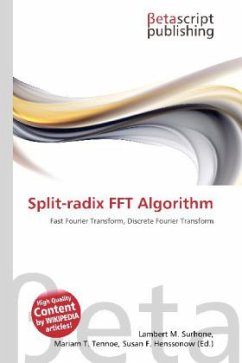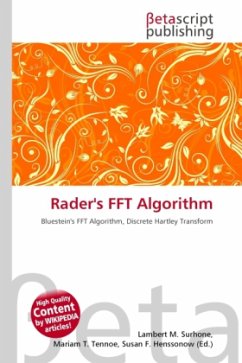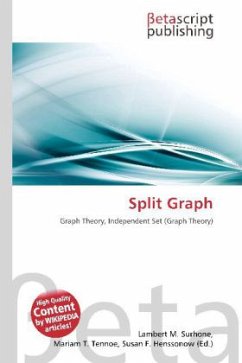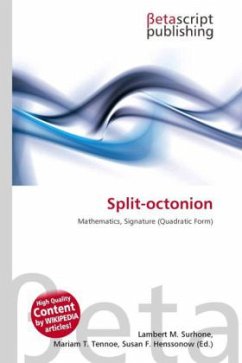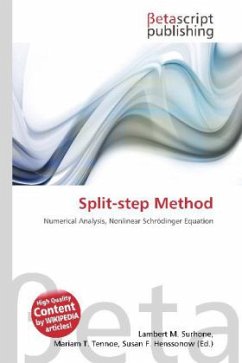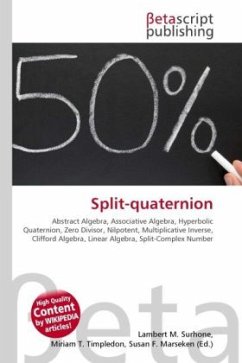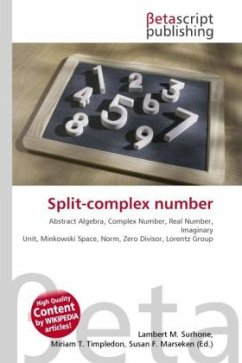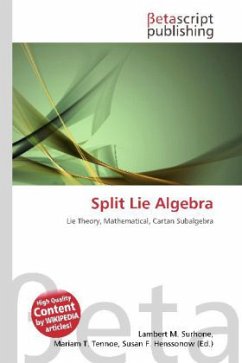Please note that the content of this book primarily consists of articles available from Wikipedia or other free sources online. The split-radix FFT is a fast Fourier transform (FFT) algorithm for computing the discrete Fourier transform (DFT), and was first described in an initially little-appreciated paper by R. Yavne (1968) and subsequently rediscovered simultaneously by various authors in 1984. (The name "split radix" was coined by two of these reinventors, P. Duhamel and H. Hollmann.) In particular, split radix is a variant of the Cooley-Tukey FFT algorithm that uses a blend of radices 2 and 4: it recursively expresses a DFT of length N in terms of one smaller DFT of length N/2 and two smaller DFTs of length N/4. The split-radix FFT, along with its variations, long had the distinction of achieving the lowest published arithmetic operation count (total exact number of required real additions and multiplications) to compute a DFT of power-of-two sizes N. The arithmetic count ofthe original split-radix algorithm was improved upon in 2004 (with the initial gains made in unpublished work by J. Van Buskirk via hand optimization for N=64), but it turns out that one can still achieve the new lowest count by a modification of split radix (Johnson and Frigo, 2007).
Bitte wählen Sie Ihr Anliegen aus.
Rechnungen
Retourenschein anfordern
Bestellstatus
Storno

